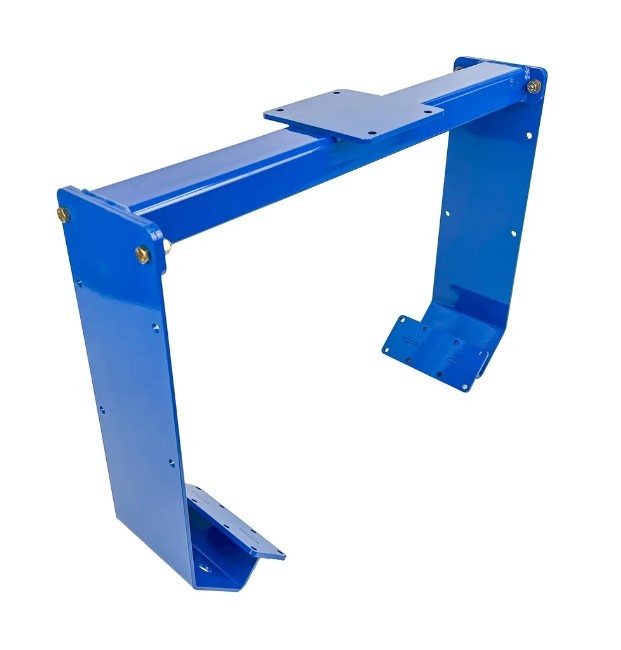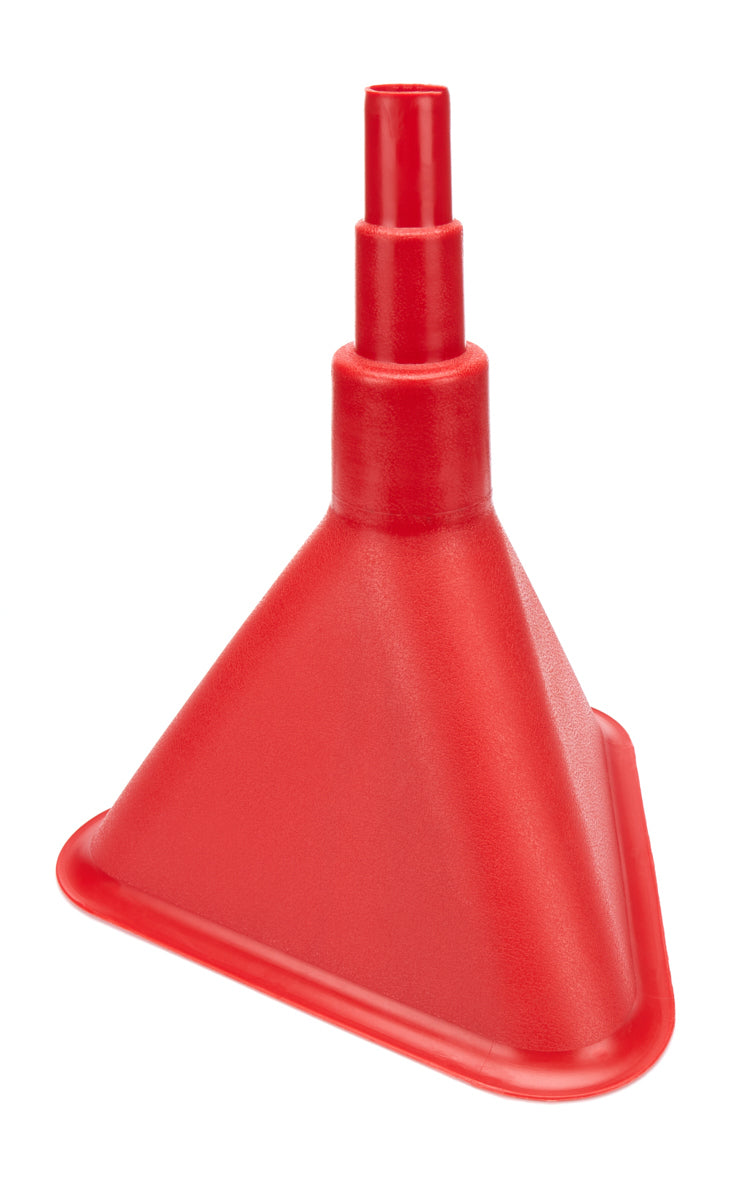D1180 Compound: PM - ProMatrix 150-D1180K
150-D1180K
$75.20
PM - ProMatrix Compound Pad Characteristics Medium friction pad, high effective temperature range in medium temperature pad...
Adding product to your cart
Size Chart
×










